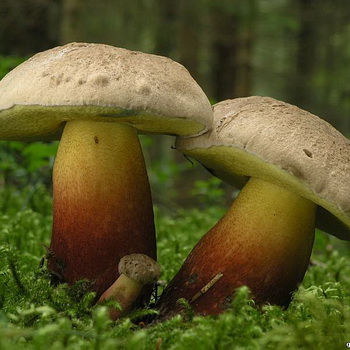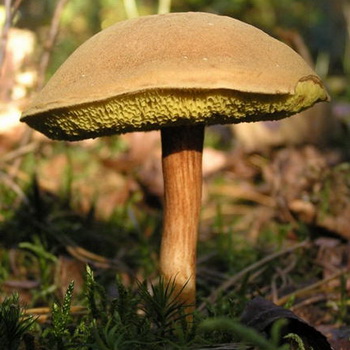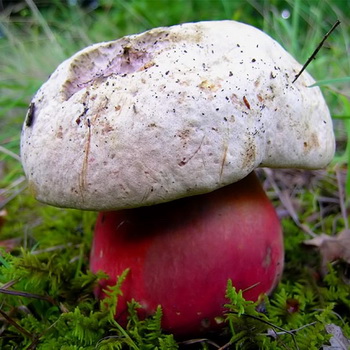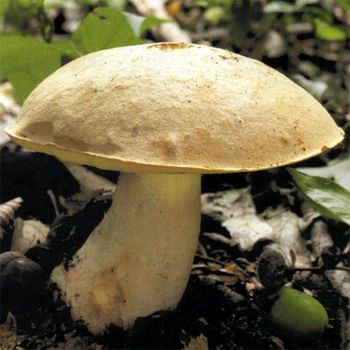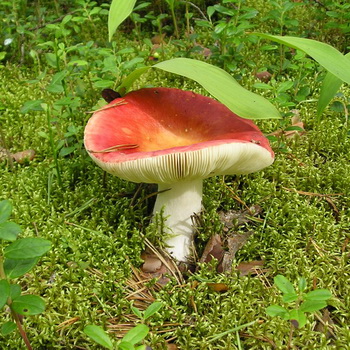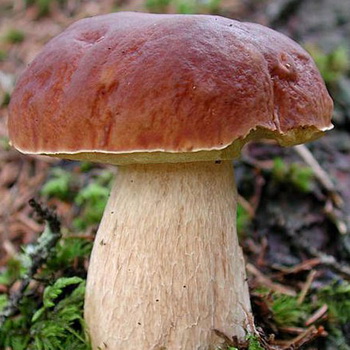Borovik and its views with a photo and description
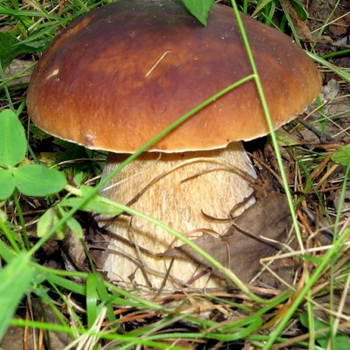
Below you will find a photo and a description of the mushroom, information about the places of their growth and recommendations for the use of these mushrooms in cooking.
Content
What does bronze boletus look like
Category: edible.
Hat of a bronze boletus (Boletus aereus) (diameter 6-16 cm): brown or brown, often almost black. It has the shape of a hemisphere, in old mushrooms it becomes flat.
Leg (height 6-12.5 cm): lighter than a hat, occasionally reddish. It has a cylindrical shape, less often club-shaped or barrel-shaped, dense and solid. Narrows slightly upwards.
Tubular layer: light brown or beige, when pressed, turns greenish. Depending on the age of the fungus, it can be creamy and yellowish in color. The pores are very small, round in shape.
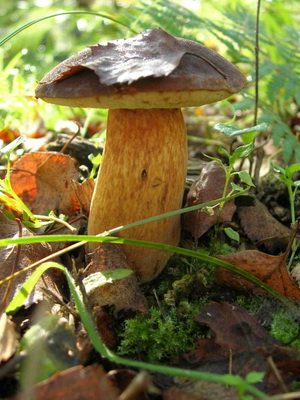
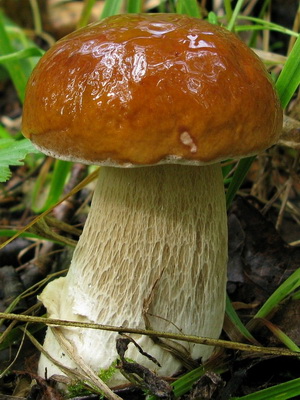
Pay attention to the photo and description of the mushroom flesh: like the white oak mushroom, it is white, dense and very fleshy.
When growing: from late May to early October in Europe and North America.
Where can I find: in deciduous warm forests (oak, beech, hornbeam).
Eating: It has excellent taste in any form - boiled, fried, dried, salted.
Application in traditional medicine: not applicable.
Other names: dark bronze porcini mushroom, copper porcini mushroom, hornbeam porcini mushroom, chestnut porcini mushroom, oak mushroom, miner. It is possible to judge how this boletus mushroom looks like by its French name: in France, in addition to the traditional “bronlet boletus,” the mushroom has a name that has recently been banned in European literature - the head of a black man (tete de negre).
According to the description, the mushroom Borovik bronze is similar to gall mushroom (Tylopilus felleus)but the tubular layer has a pinkish tint.
Mushroom mushroom
Category: edible.
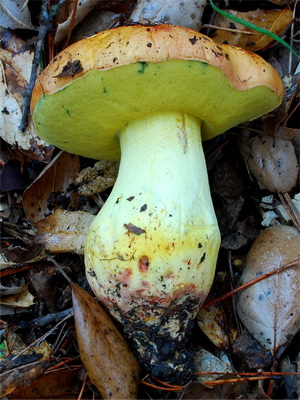

As seen in the photo, the mushroom boletus maiden (Boletus appendiculatus) has a hat with a diameter of 7-18 cm. Its color is brownish-golden, less often with a reddish tint, almost flat, sometimes slightly convex in the center. The edges are usually slightly bent inward.
Leg (height 8-16 cm): lighter than caps, along the entire length with a yellowish net, which is practically absent in old mushrooms. The lower part is very pointed.
Tubular layer: bright yellow.
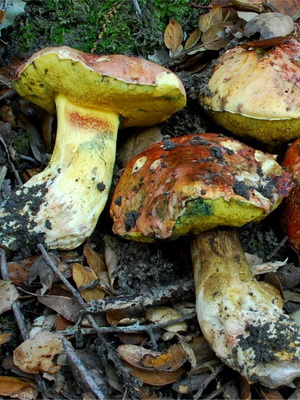
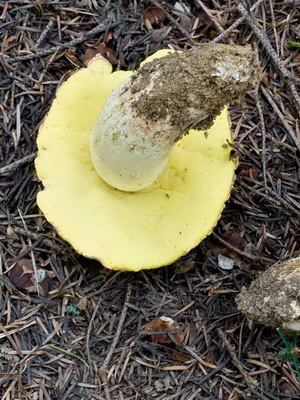
Pay attention to the photo of the mushroom pulp: it is a lemon shade, with pressure or at the place of cut a little blue. Very dense. It has a pleasant aroma.
Doubles: semi-white mushroom (Boletus impolitus), root boletus (Boletus radicans) and inedible (Boletus calopus). Raw semi-white mushroom smells sharply carbolic. The root of the rooting boletus is thicker, and the hat is noticeably lighter or paler. Inedible boletus is easy to distinguish by the bright color of the legs.
When growing: from late June to mid-October in southern Europe.
Where can I find: usually in mixed forests. Prefers neighborhood with oaks and beeches.
Eating: according to mushroom pickers, it is inferior in taste to the cep, but is still suitable for food.
Application in traditional medicine: not applicable.
Other names: rooted boletus, reddish boletus, brown-yellow belet.
White oak mushroom (netted) and his photo
Category: edible.
Hat mushroom boletus (Boletus reticulatus) (diameter 7-25 cm): from yellow to brown-brown. In young mushrooms, hemispherical, with time becomes convex. To the touch velvety.
Leg (height 3-11 cm): yellowish or light brown, lighter than a hat, usually with a network of small veins, but in young mushrooms it can be almost smooth. Tapers from bottom to top, thick, dense and fleshy.
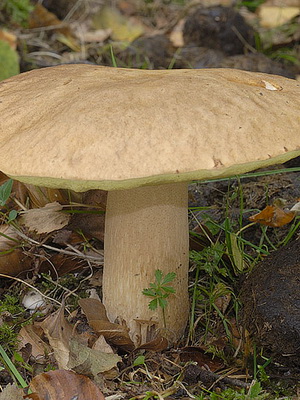
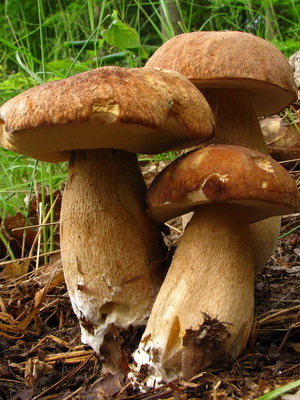
The photo of the white oak mushroom shows that its tubular layer changes color depending on the age of the mushroom from white to greenish or olive. The pores are large and rounded.
Pulp: white, dense and very fleshy, with a sweet nutty flavor.
Doubles: edible representatives of the family Polevye and bile fungus (Tylopilus felleus), which has a dark net on the stalk, as well as a pinkish tubular layer.
When growing: from late May to mid-autumn in the Krasnodar Territory and neighboring republics of Russia, as well as in countries of the Eurasian continent with a temperate climate. Less commonly in North America and North Africa.
Where can I find: on alkaline soils of deciduous forests, most often near beeches or chestnuts, and from mushrooms - with a grain-footed oak tree.
Eating: in almost any form - boiled, fried, dried or salted.
Application in traditional medicine: not applicable.
Other names: white oak mushroom, white summer mushroom, boletus edulis.

